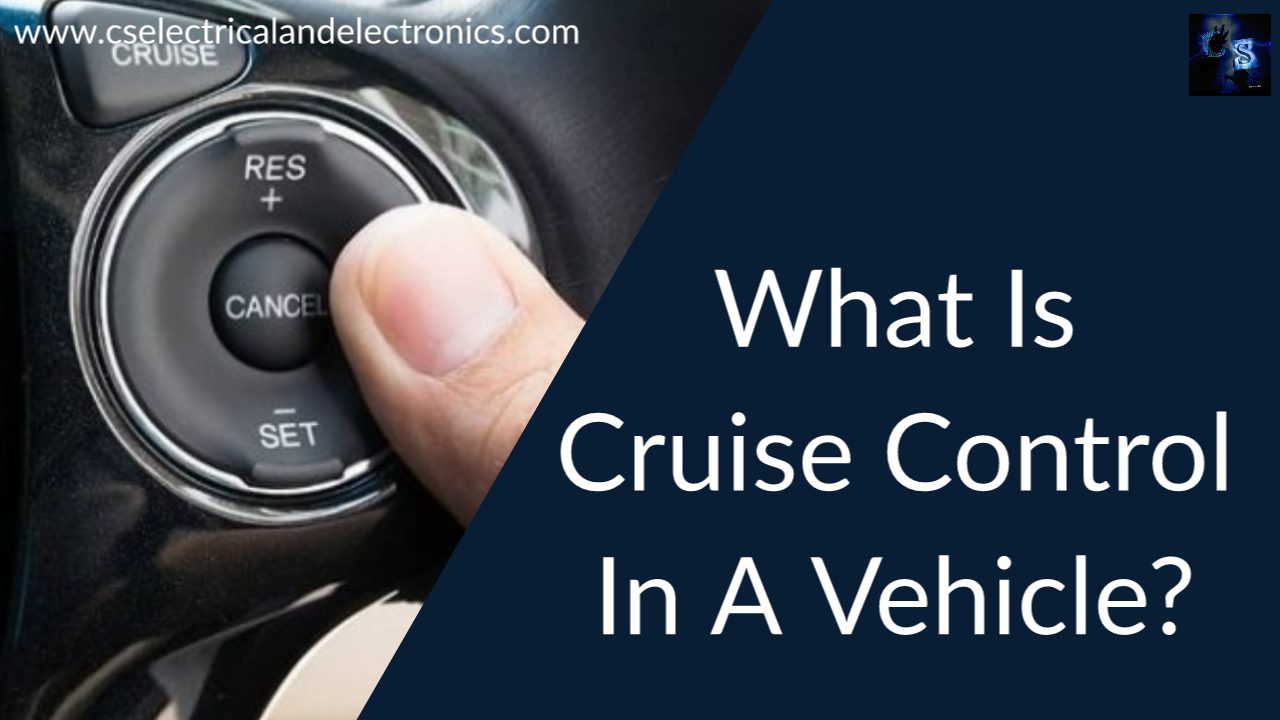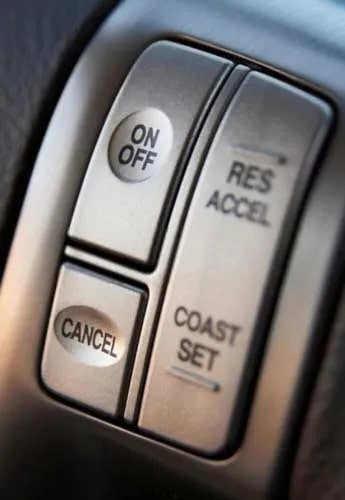Table Of Content

So, let’s all take some responsibility for how we drive and call ‘time’ on the clickbait articles suggesting you can blame something else. Back to Google… the top entry I found was written by someone who clearly assumed that cruise control was some dim-witted force that could be tricked in wet weather. And, that if your vehicle began to aquaplane, which is the root cause of this myth, that cruise control will cause the vehicle to speed up out of control.

Master Safe Driving with Zutobi
According to the Institute of Electrical and Electronics Engineers, most adaptive cruise control systems have a response time of 1.1 seconds, significantly longer than human drivers. This delayed response time may cause an accident if an obstacle or a vehicle ahead poses a threat. If you use the cruise control of your vehicle in the rain you are at risk of hydroplaning your car and losing control of it. As it begins to rain the rainwater will create puddles on the road surface. We tell our teenagers to set the cruise control and drive a safe speed – but we don’t tell them to use the cruise control only when the road is dry.
Why You Shouldn’t Use Cruise Control On Slick Roads
While most drivers instinctively jam on the brakes, that’s a bad idea. It’s harder to drive safely in the rain because of limited visibility — especially at night — so test your windshield wipers. If they’re not performing well, you may need to purchase and install new wiper blades. That’s an easy DIY project, though you can also have it done for you at your local gas station or auto parts store. Whether it’s during a drizzle or a downpour, driving in the rain can be challenging and hazardous.
Don’t Panic
7 Tips for Driving in the Rain - AARP
7 Tips for Driving in the Rain.
Posted: Wed, 16 Feb 2022 08:00:00 GMT [source]
Because you are maintaining a steady speed this allows your engine to not have to work as hard to keep your vehicle moving at a steady speed. This, in turn, allows your vehicle to get more miles per gallon out of that tank of gas which saves you money in the long run. This can lead to hydroplaning, which means your vehicle spins out of control at high speeds. If this occurs while using cruise control, the use of breaks on your car can lead you to lose control and potentially spin out as both the brakes and tire will fail to gain any traction. Likewise, winter driving carries with it a similar set of perils.

This means using your turn signals early to alert drivers about your next move. Keep a consistent speed and follow traffic rules diligently, as they are designed to create predictable patterns that all drivers can rely on. That is why if it is raining outside you should not use your cruise control while you are driving. If you see a puddle of water in the road you are more likely to slow down and not accelerate through it where your cruise control is not going to know to do that. Cruise control is a feature that is installed on all new vehicles and should still be an option on most older vehicles even going back to the ’90s. While cruise control technology has been updated over the years the basic function of cruise control is to make sure that your vehicle maintains a steady speed depending on whatever speed to you set it to.
Wet road conditions this week; AAA says don’t do this when it rains - Atlanta News First
Wet road conditions this week; AAA says don’t do this when it rains.
Posted: Thu, 25 Jan 2024 08:00:00 GMT [source]
Shop for a car with safety features you want. Buyers can get a free AARP Smart Driver course.
Road grip and visibility are already major concerns when it’s raining. A delayed reaction time can be the difference between an accident and getting home safe. Therefore, you shouldn’t use cruise control set at your normal speeds on any route in the rain. You should revise it and reduce the speed—and that is only if you choose to use cruise control.
Tips for Driving Safely in the Rain
“Your tires have far less traction on wet pavement than they do in dry conditions, so slow down before you get to a wet-looking spot and before you start to turn left or right,” he says. “If you’re not using cruise control, you might be paying much more attention to driving, which is always a good thing in bad weather conditions,” he says. The only way to stop wheels from spinning and maintain control is to immediately reduce power. An activated cruise control system applies continuous power, keeping the wheels spinning. By the time you disengage the cruise control it may be too late – you may have already lost control. HowStuffWorks provides a clear explanation of cruise control’s function.
A vehicle’s speed is generally measured via either the driveshaft or transmission. And, so, cruise control is measuring the speed of the driven wheels. And here is the key, if your vehicle begins to aquaplane on a wet road and the wheels begin rotating faster, then cruise control will release the throttle to slow down the vehicle to the pre-set speed. Cruise control is a great feature, especially on those long road trips.
What is Aquaplaning?
Don’t use cruise control, so your attention on using both the gas and brake are in tune. Avoid cruise control when driving in the rain leaves you with more options in a loss-of-traction situation. You can increase this gap time with adaptive cruise control when it rains. However, the response time of adaptive cruise control remains a concern.
I had a wreck a couple of weeks ago and totaled our Lincoln Town Car. To provide you with real-world car reviews, car news, and car buying advice to help make buying a car easier. Travelers can drive defensively and take precautions to prevent merging collisions. Avoid windshield fogging that can interfere with your visibility by turning on your front and rear defrosters to clear it up. Avoid any area of the road where you can see the water has accumulated. Increment/decrement – Depending on the system and settings, you can normally add or remove 1, 5, or 10kph from the speed.
If you do start to hydroplane, let up on the gas, hold the steering wheel with both of your hands, and steer in the direction of the skid. Once you’re back in control, you might want to pull over a bit to get your bearings and regroup. No. but you are legally and financially liable if you cause an accident by using cruise control in the rain. The reason is that unsophisticated cruise control systems on older cars or cheaper new cars will continue to apply more power if it detects that it needs more power to maintain a particular speed.
Your car’s cruise control may detect this as crossing your selected speed limit, so it may decelerate a little. Cruise control doesn’t cause aquaplaning or hydroplaning per se. The speed you select and the wet road cause the problem, which is more likely and may worsen if your tires have worn down treads. Furthermore, cruise control won’t make any changes by itself if your car hydroplanes.
And the amazing thing is that that opinion was never correct, not even in 1958 when cruise control arrived on the scene. Now, before we go too much deeper, I’d like to point out that this article isn’t my opinion, rather, I chatted with the technical boss of a major car company to get to grips with the subject and compiled it from that conversation. All states require headlights to be on in bad weather when visibility is low. Many states also require that when the windshield wipers are on due to bad weather, the headlights must also be on.
Pay attention to what is going on around you when weather conditions aren't ideal. When you use cruise control, you are locked in at a fixed pace and have less time to slow down. However, there are some situations where you should not use cruise control, for instance, during the rainy season. Set – This sets the cruise control to the speed at which the automobile was when you pressed the button.
However, when cruise control is engaged, the car won’t respond until you press on the brake, says Van Tassel. Avoiding cruise control when driving in the rain leaves you with more options in a loss-of-traction situation. Helping maintain a set miles per hour, this automatic system reduces fatigue on long highway trips. And adaptive cruise control enhances safety by maintaining a safe distance from surrounding vehicles.

No comments:
Post a Comment